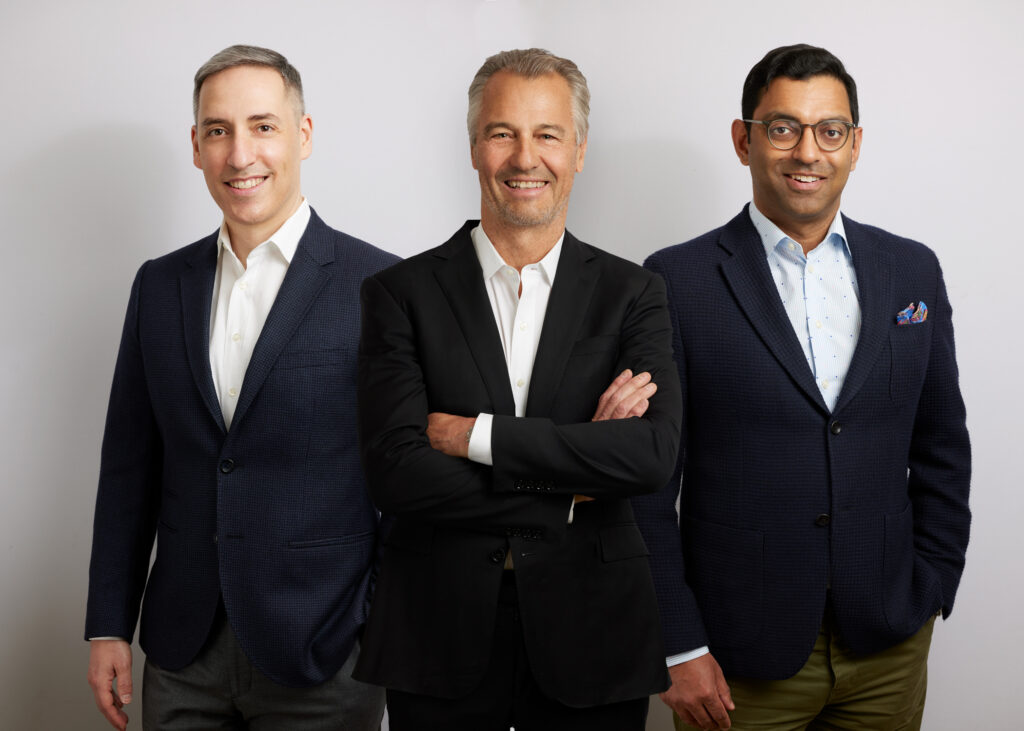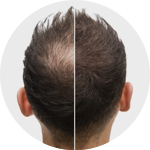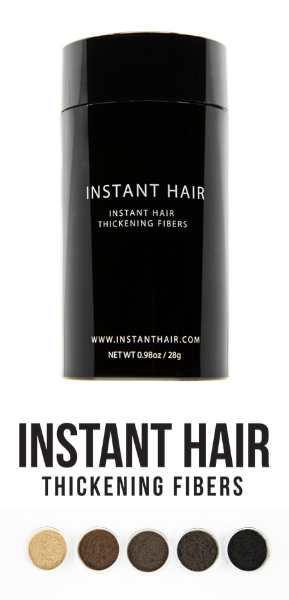FOLLICULAR UNIT EXCISION FOR HAIR RESTORATION
For both men and women who are experiencing hair loss, there are now many new technologies to offer you options besides wearing wigs, scarves and hats to disguise your bald patches and thinning hair.
Modern hair replacement techniques use existing hair on other parts of your head or body to regrow hair and restore hair density. Follicular Unit Excision or FUE, is one of the most superior techniques available today. The Toronto Hair Transplant Surgeons was one of the earliest adopters of FUE in North America and has many years of experience and have completed thousands of surgeries using this groundbreaking method.
An FUE hair transplant is a minimally invasive, outpatient procedure that is not only virtually painless but also leaves no scarring. Your hair replacement surgeon will remove hair follicles from the donor site (usually the back of the head), then transplant them one hair at a time to the thinning or bald area.
In FUE, the surgeon has complete control over the pattern and direction of each new hair placement. When fully healed, the result appears totally natural, undetectable and permanent.
The FUE process also significantly shortens recovery times. In most patients, the grafts become fully secure in about eight days after surgery, and the surgical wound in the donor area usually heals within one to two weeks.




















